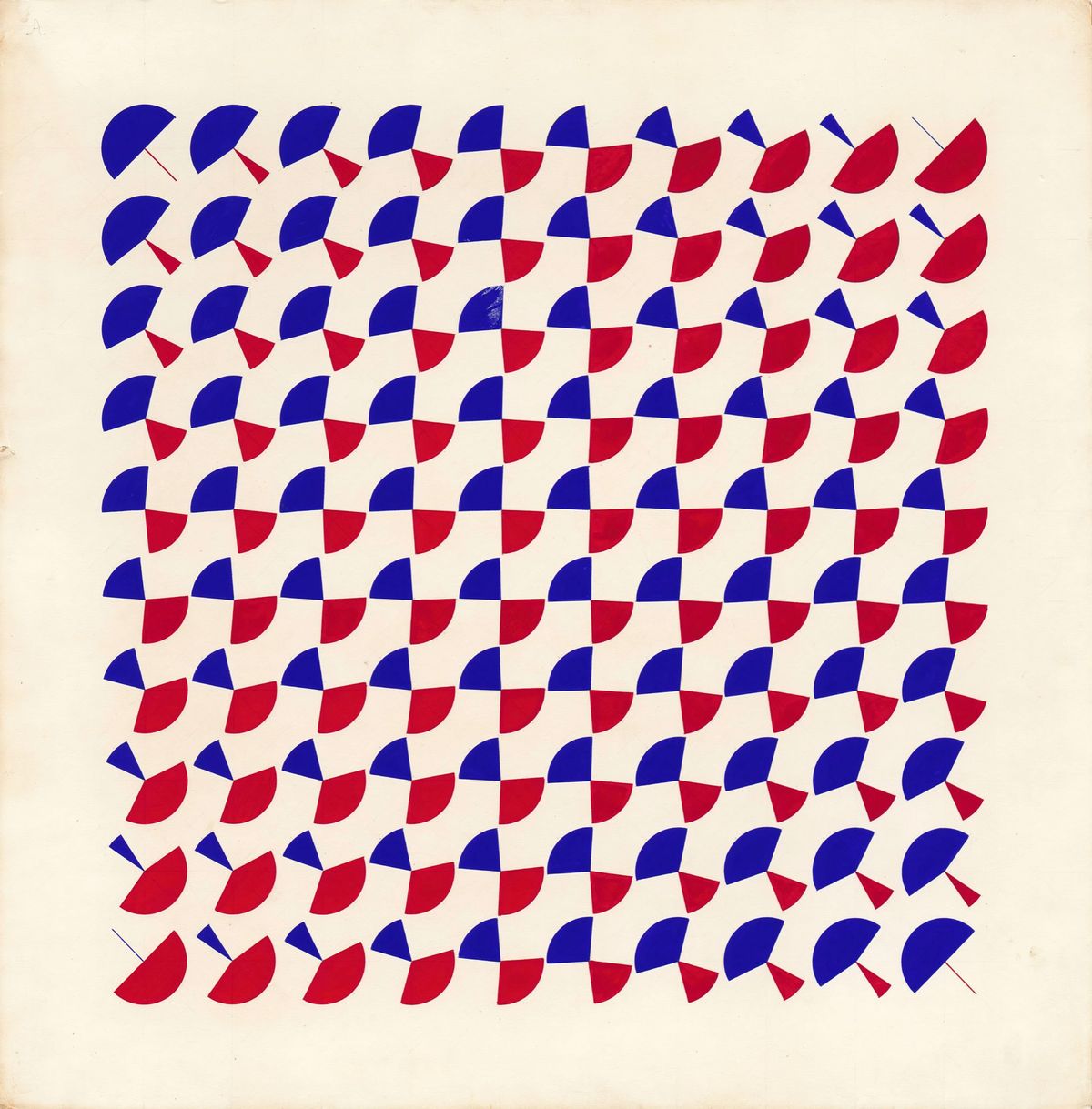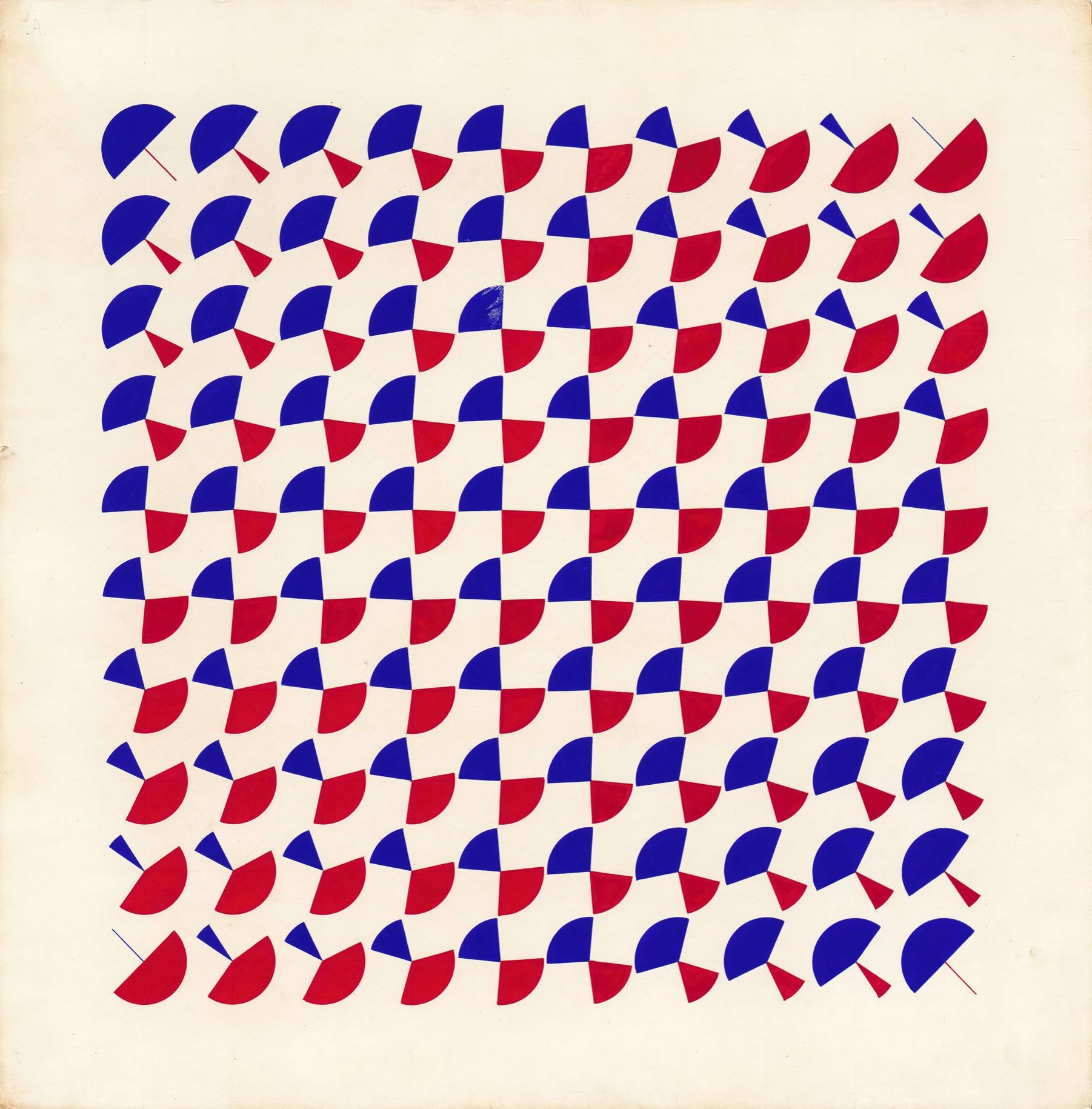Machinal
What might first seem mechanical in Julio le Parc’s work is anything but

My visit to the Met Breuer on Friday was perfect. One reason, I realized on my way out of the museum, might have been simply how quotidian it was. To “swing by” for a short period, to make it feel almost like I’m running to the grocery store or picking up a bottle of wine on my way to dinner... I’ve been concerned over the last couple years with the kind of life I want to live. The work I want to do, the contributions I want to share. And I either discovered or was reminded on Friday that this is the kind of life I want to live, where art is part of the fabric of my everyday existence. Where culture isn’t an Event so much as it is DNA. The act of going becomes as important as the seeing itself. (An interesting corollary to the discussion of Ms. Chapman’s song here.)
The other reason I loved my visit, of course, was the art itself. Julio le Parc is, I have since learned, famed for his kinetic sculptures and video work, but this exhibit is almost entirely gouache on cardboard. Pencil lines, color blocks, geometric shapes. Early work — I almost wrote “explorations,” and they are, but that implies a quality of being unfinished, which these are not.
Consider:

Individually, I wouldn’t insist this is “art.” It has little inherent message or meaning, though there is certainly craft here. But look: what feels at first glance rigid is, in fact, loose. The whole collection, in fact, felt free-wheeling. Sure, each piece is precise, intentional, but they are not repetitious. They aren’t strictly patterns.
Of course: some do repeat, tessellations becoming tartan. But the most intriguing are those that feel mechanical and... aren’t.
We are trained, I think, to see symmetry when confronted with this type of design. But that is, perhaps, part of the brilliance of this collection. These pieces are methodical in practice, but organic in experience. There is surprise here. There is humanity in this machine. In a perfect reversal of the expected, we find chaos through order.
There is a quote on the wall, something le Parc wrote years ago. He is thinking about variations and arrives at the concept of “the unlimited duration.” Patterns repeat, which is to say they start and end in the same place. They end. But these pieces do not. There is a cyclical feel, sure, but there is no true end — everything continues, there is always newness, always opportunity to become something that has not yet been.
And if that isn’t a description of humanity, of the kind of life I want to live, then I don’t know what is.